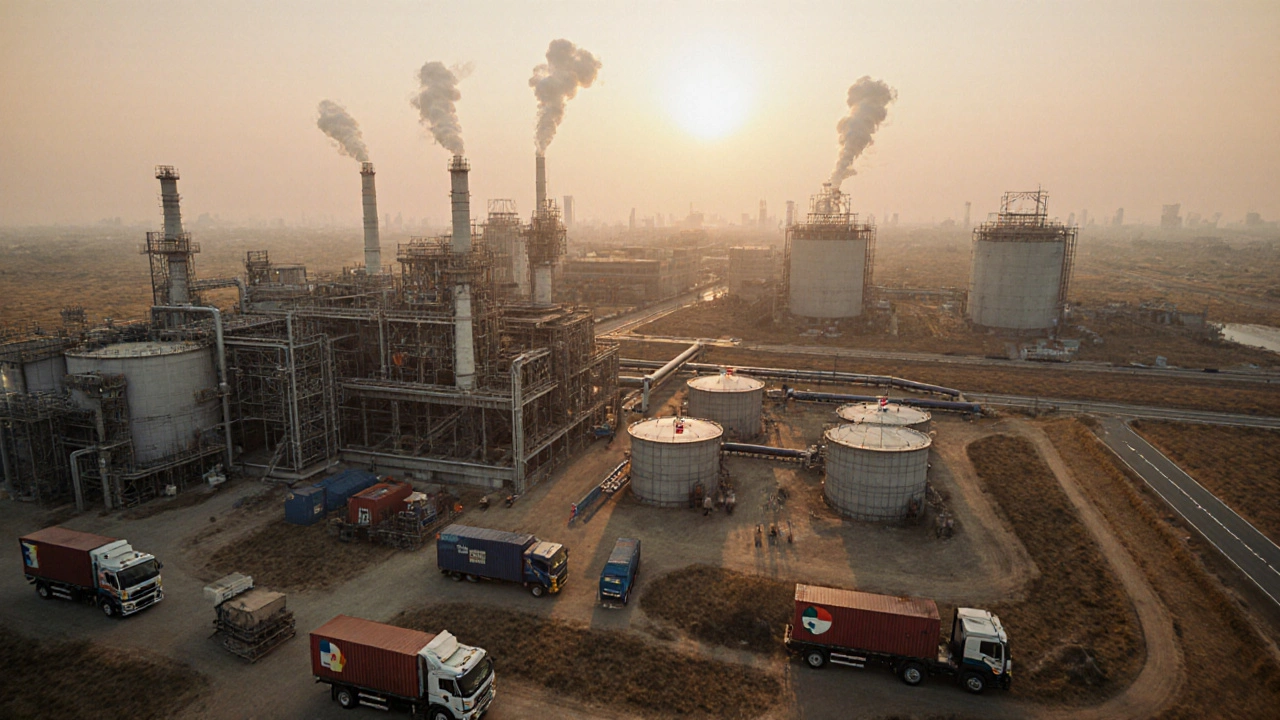Indian Pharmaceutical Industry: What’s Driving the Global Medicine Supply?
India makes a huge chunk of the world’s medicines, from cheap generics to complex APIs. The reason isn’t magic – it’s a mix of low production costs, massive capacity, skilled engineers, and a regulatory system that’s learning fast. If you’re a buyer, investor, or just curious, understanding these forces helps you see why India matters and where it’s headed.
Key Drivers Behind India’s Pharma Growth
First off, cost advantage is real. Labor, raw materials and energy are cheaper than in most Western countries, letting manufacturers price drugs competitively. That price edge attracts big buyers, especially in the U.S. and Europe, where healthcare budgets are tight.
Second, scale matters. India’s factories churn out millions of tablets a day. Large plants mean faster turnaround and the ability to meet sudden spikes in demand – think pandemic vaccine production. This capacity also supports a thriving export market; India is the top supplier of generic medicines to over 150 countries.
Third, talent fuels innovation. India produces thousands of pharmaceutical engineers each year. These graduates bring modern process knowledge, helping firms adopt continuous manufacturing and advanced analytics. The skill pool also supports a growing API (Active Pharmaceutical Ingredient) sector, reducing dependence on imports.Regulatory progress is the fourth pillar. The US FDA has cleared dozens of Indian plants in recent years, signaling that quality standards are improving. While challenges remain—like occasional compliance gaps—more facilities are passing inspections, opening doors to premium markets.
Finally, government policies push the industry forward. Initiatives like the Production Linked Incentive (PLI) scheme give cash rewards for expanding domestic manufacturing of vaccines, APIs, and medical devices. This boosts investment and encourages firms to set up new lines rather than just export.
What to Watch in 2025 and Beyond
Looking ahead, the 2025 outlook hinges on three trends. One, the push for self‑reliance means India will aim to produce more of its own APIs, cutting import costs and strengthening supply chains. Two, digital transformation—AI‑driven quality control and smart factories—will become mainstream, raising efficiency and reducing waste.
Three, global demand for vaccines and biologics is rising. India’s expertise in large‑scale vaccine manufacturing positions it to capture a bigger slice of that market, especially as new diseases emerge. However, success will depend on staying ahead of regulatory expectations and maintaining transparent quality practices.
If you’re considering partnering with an Indian pharma firm, focus on three practical steps: verify FDA inspection history, evaluate the company’s capability to produce APIs in‑house, and check how they’re adopting digital tools for quality assurance. These checks help you avoid quality surprises and align with future‑proofed partners.
In short, India’s pharmaceutical industry blends low‑cost production, massive scale, skilled talent, and an evolving regulatory landscape to dominate the generic market and push into high‑value segments. By watching the shift toward API self‑sufficiency, digital factories, and vaccine growth, you can anticipate where the biggest opportunities will appear.

Which is Asia's Largest Pharma Manufacturing Hub? India's Dominance Explained
India is Asia's largest pharmaceutical manufacturing hub, producing over 60% of the world's generic medicines and nearly half of all vaccines. Its strength lies in scale, affordability, and global regulatory compliance.

India's No. 1 Pharma Manufacturer: Who Holds the Crown?
India's pharmaceutical industry is booming, becoming one of the largest in the world. Uncover the leading company driving this sector's expansion. This article explores the top pharma manufacturer in India, highlighting interesting facts about their growth, market share, and innovative practices. Discover the strategies that make them the leader in this competitive market.

The Leading Figures in India's Pharmaceutical Industry
The Indian pharmaceutical industry has flourished over the years, making significant contributions to global healthcare. Several key figures and companies have emerged as leaders in this sector. This article delves into the top players and the factors contributing to their success. It highlights influential personalities in the industry who are shaping its future.


